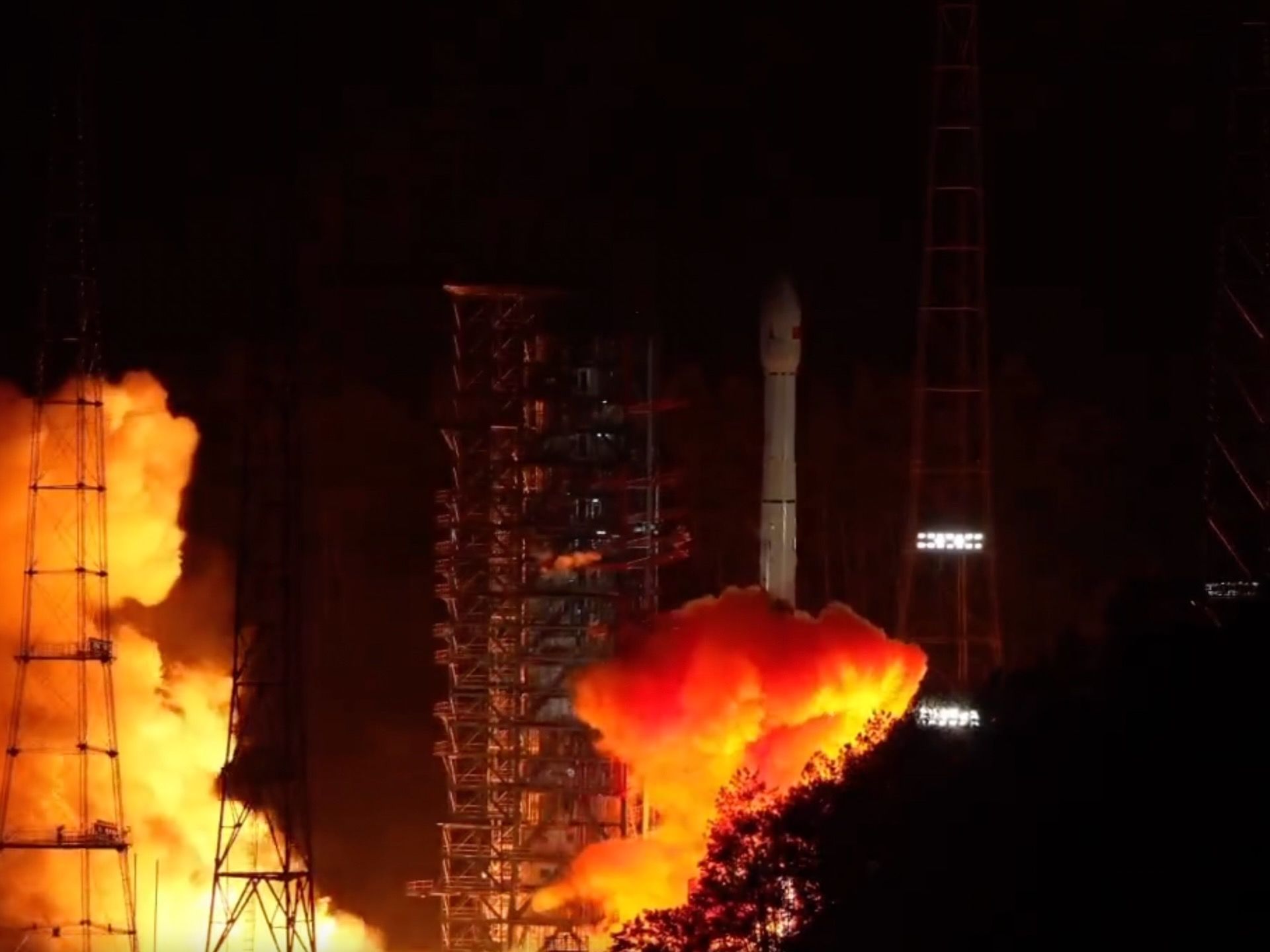China has officially launched a new space mission aimed at exploring two celestial objects that, until now, have never been visited by any spacecraft. The mission marks another major milestone in China’s growing presence in space exploration, and it could offer rare insights into the makeup and history of our solar system.
What Is This Mission About?
The mission, named Tianwen-2, lifted off successfully with the goal of exploring two unusual space objects: a small near-Earth asteroid called 2016 HO3 (also known as Kamoʻoalewa) and a main-belt comet. These targets are scientifically significant but have remained untouched by past missions.
Why these two? Both 2016 HO3 and the selected comet offer unique characteristics that could help scientists better understand the early solar system. Kamoʻoalewa, for example, is a quasi-satellite of Earth and has been orbiting in a stable pattern alongside our planet for centuries. Its close proximity and unusual path make it an ideal subject for close-up study.
A Dual-Destination Challenge
This China mission isn’t just a flyby. The plan includes landing on the asteroid, collecting samples, and bringing them back to Earth. After that, the spacecraft will continue its journey to observe the main-belt comet. If successful, this would be a rare example of a dual-target mission that spans both sample return and long-distance observation.
What makes this so ambitious is not just the complexity of hitting two moving targets millions of miles apart but also the challenge of returning material from one of them to Earth—something only a handful of missions have ever accomplished.
Why It Matters
China’s decision to explore these specific celestial bodies underlines the country’s strategic approach to scientific discovery. By choosing previously unvisited objects, the mission has the potential to gather first-of-its-kind data that could rewrite parts of what we know about planetary formation and space weathering.
Moreover, this mission demonstrates China’s growing technological capability. It puts the country among an elite group with the ability to land, sample, and return material from deep space—all while stretching mission objectives across two very different targets.
What’s Next?
If the mission goes according to plan, the sample from 2016 HO3 could arrive back on Earth in the early 2030s. Meanwhile, the journey to the main-belt comet will extend China’s exploration reach even further, providing long-term observational data and expanding the scope of human knowledge.
Conclusion
The China mission to explore two unusual objects that haven’t been visited by spacecraft before is more than just another space launch. It’s a deliberate step into uncharted territory with the potential to uncover untapped scientific data. As other spacefaring nations watch closely, this dual-target mission could set a new benchmark for multi-phase interplanetary exploration.
By taking on bold objectives and focusing on unique celestial bodies, China is showing that it intends to play a long game in space science—and it’s only getting started.



